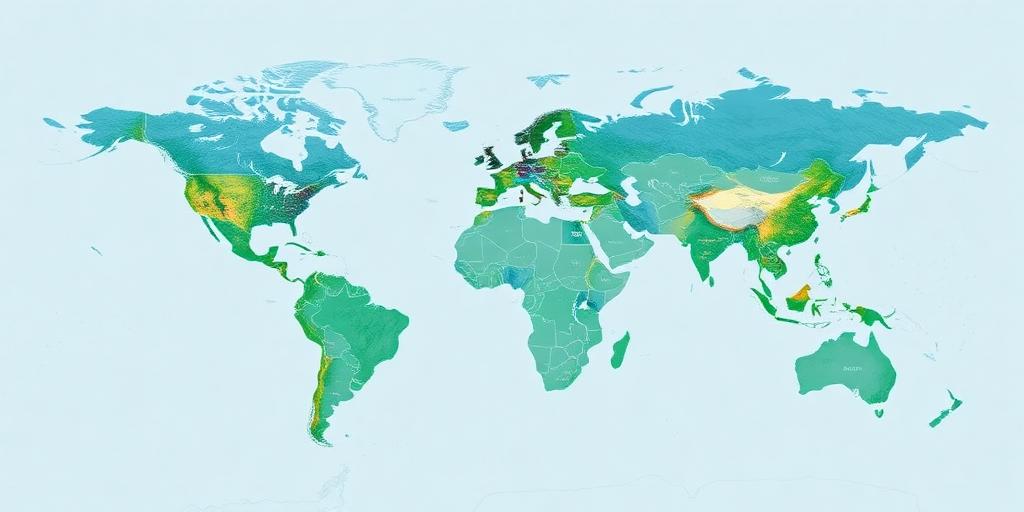Economic Geography of Land Use Change
Land use change, a fundamental aspect of human-environment interaction, is deeply rooted in economic geography. This article explores the intricate relationship between economic activities and alterations in land use patterns, emphasizing the driving forces, spatial dynamics, and consequential impacts.
Understanding Land Use Change
Land use change refers to modifications in how land is utilized, whether for agriculture, urban development, forestry, or other purposes. It's a dynamic process influenced by a complex interplay of factors. Economic geography provides a framework for understanding these changes by examining the spatial distribution of economic activities and their impact on land allocation.
Driving Forces of Land Use Change
Several economic factors drive land use change:
- Agricultural Intensification and Expansion: The demand for food and agricultural products leads to the intensification of existing agricultural lands and the expansion of agriculture into previously undeveloped areas.
- Urbanization: The growth of urban centers necessitates the conversion of rural land into residential, commercial, and industrial areas.
- Resource Extraction: The exploitation of natural resources, such as mining and logging, results in significant land use alterations.
- Tourism and Recreation: The development of tourism infrastructure and recreational facilities can transform natural landscapes.
- Government Policies and Regulations: Land use policies, zoning regulations, and environmental protection measures can influence land use patterns.
Spatial Dynamics of Land Use Change
Economic geography emphasizes the spatial aspects of land use change, including:
- Location Theory: Location theory explains how economic activities are spatially distributed based on factors such as transportation costs, market access, and agglomeration economies.
- Spatial Diffusion: Spatial diffusion processes describe how land use changes spread across geographical areas, often following patterns of innovation adoption or market expansion.
- Regional Development: Land use change is closely linked to regional development patterns, as economic growth and diversification can lead to shifts in land utilization.
Impacts of Land Use Change
Land use change has far-reaching consequences:
- Environmental Impacts: Deforestation, habitat loss, soil degradation, and water pollution are common environmental consequences of land use change.
- Economic Impacts: Land use change can affect agricultural productivity, property values, and the distribution of economic opportunities.
- Social Impacts: Land use change can displace communities, alter cultural landscapes, and exacerbate social inequalities.
Case Studies
- Deforestation in the Amazon: Driven by agricultural expansion, logging, and mining, deforestation in the Amazon rainforest has significant environmental and social consequences.
- Urban Sprawl in the United States: The rapid expansion of urban areas in the U.S. has led to increased automobile dependence, loss of farmland, and environmental degradation.
- Land Use Change in China: China's rapid economic growth has fueled large-scale land use changes, including urbanization, industrialization, and agricultural intensification.
Conclusion
Economic geography provides valuable insights into the drivers, spatial dynamics, and impacts of land use change. By understanding the economic forces shaping land use patterns, we can develop more sustainable land management strategies and mitigate the negative consequences of land use change.









